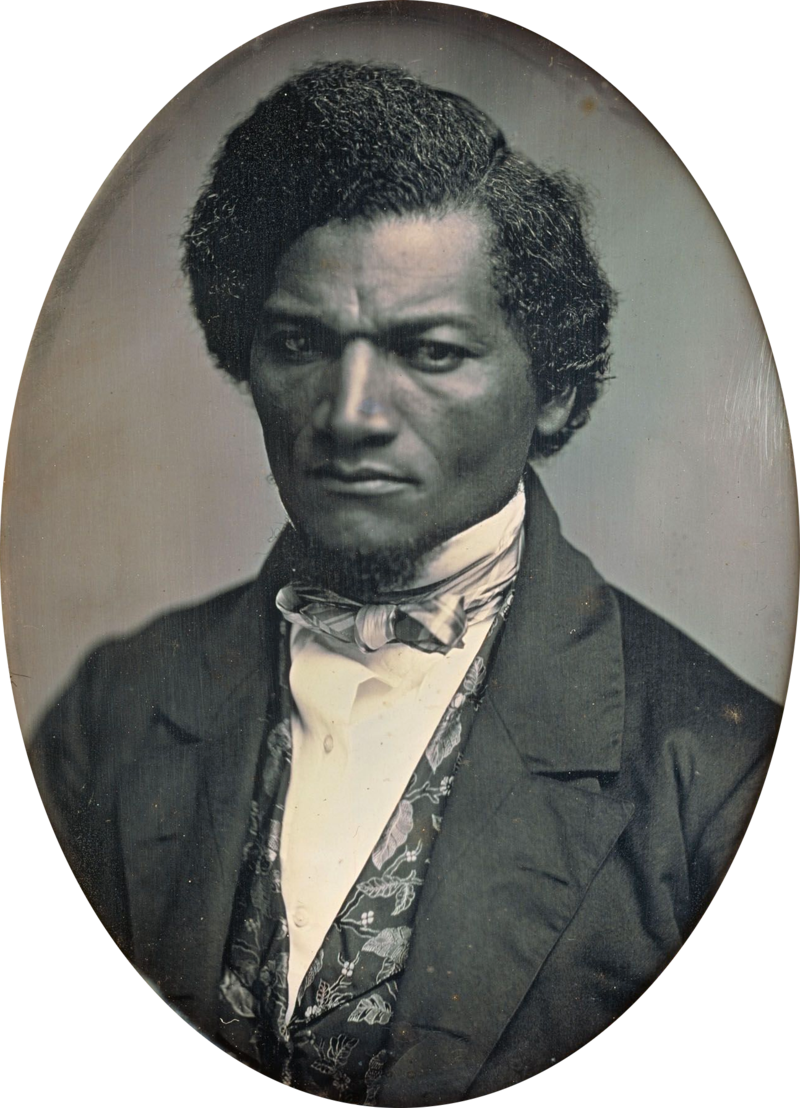The Birth of Activism: Abolitionist Years
Soon after Douglass and Murray were married, the couple moved to New Bedford, Massachusetts. The couple met Nathan and Mary Johnson there, a freed married couple. The Johnsons inspired the couple to adopt the new surname of Douglass after a character from the Sir Walter Scott poem, The Lady of the Lake.
Douglass became active in the abolitionist movement during their time in New Bedford. He attended anti-slavery meetings that connected him to a variety of notable abolitionists including William Lloyd Garrison. Upon hearing Douglass’ story of enslavement, Garrison encouraged him to share his story with others in the community.
Douglass did so and by 1843 he was one of the many abolitionists involved in the American Anti-Slavery Society’s “Hundred Conventions” project, a six-month tour through the United States. Along the stops of the tour, Douglass was repeatedly attacked by pro-slavery supporters. One incident in Pendleton, Indiana left Douglass with a broken hand; the injury never fully healed and impacted the function of his hand for the rest of his life.
Nevertheless, a determined Douglass continued to travel and share his experiences with others. In 1845, Douglass traveled to Ireland and Great Britain to speak about American slavery. He also published the first and most famous of his three autobiography’s that year—Narrative of the Life of Frederick Douglass, an American Slave. Within four months of its release, nearly 5,000 copies were sold and six new editions were published between 1845 and 1849. Douglass would go on to write two other autobiographies—My Bondage and My Freedom (1881) and Life and Times of Frederick Douglass (1892).
When he returned to the United States from England in 1847, Douglass began publishing an abolitionist newspaper called The North Star. Sold by a subscription fee of $2, The North Star acquired more than 4,000 readers in the United States, Europe and the Caribbean before merging with the Liberty Party Paper in 1851.
Activism for All: Douglass’s Role in the Women’s Suffrage Movement
In addition to Douglass’ work as an anti-slavery advocate, he was also a staunch supporter of the women’s movement. At the Seneca Falls Convention of 1848, he was one of only a handful of men in attendance and the only African American present. In fact, it was Douglass who persuaded the convention to support Elizabeth Cady Stanton’s resolution asking for women’s suffrage.




